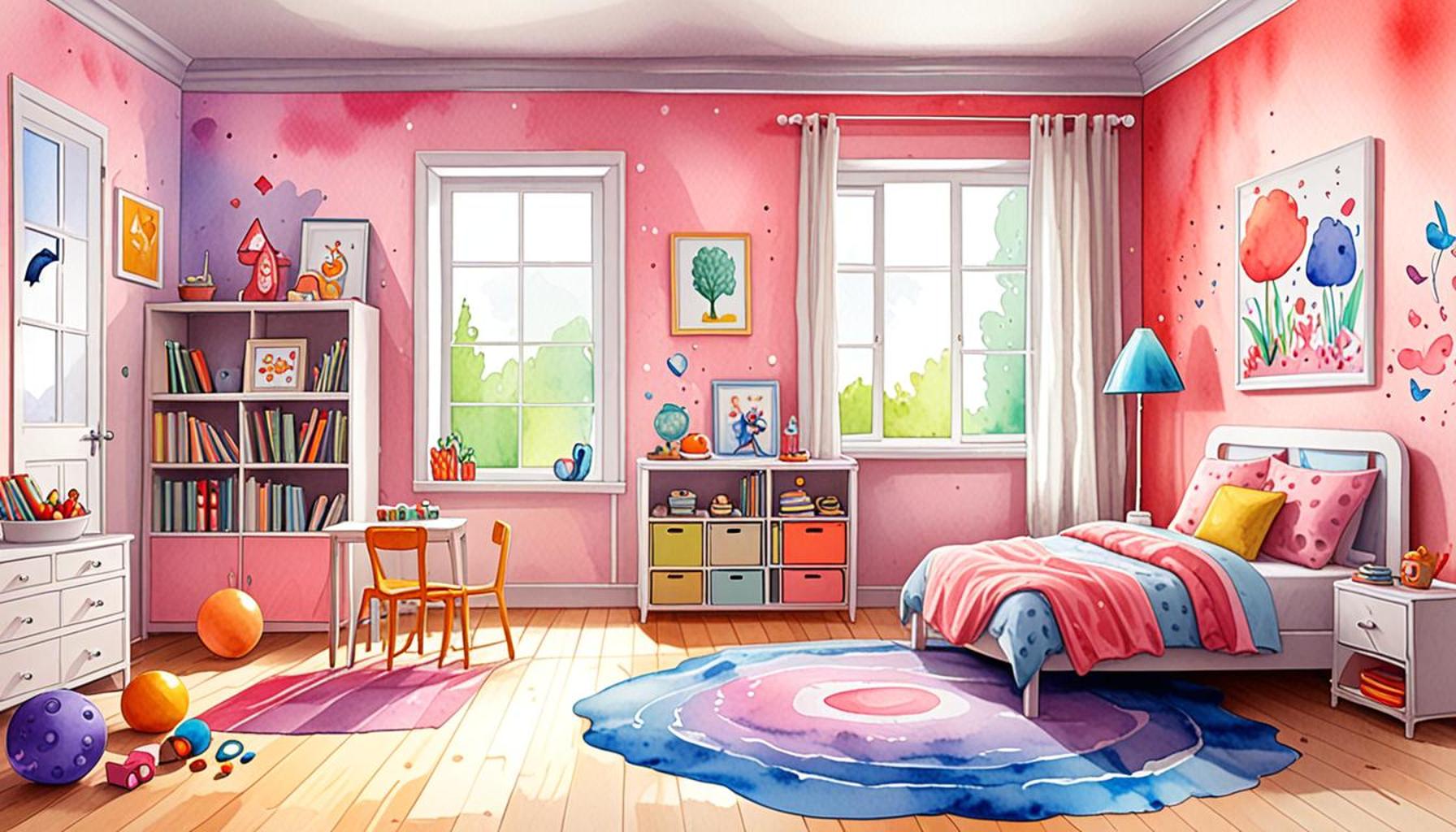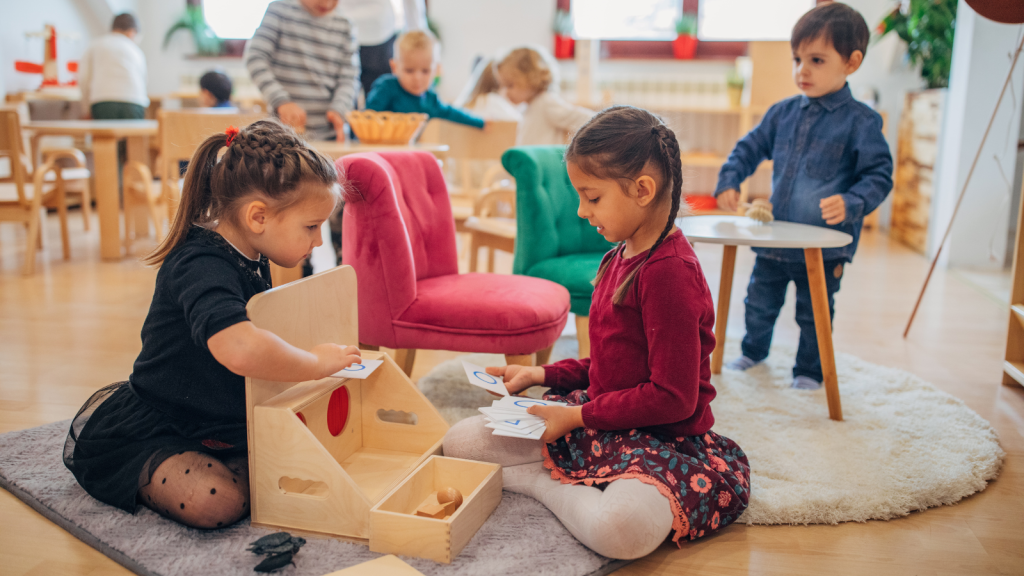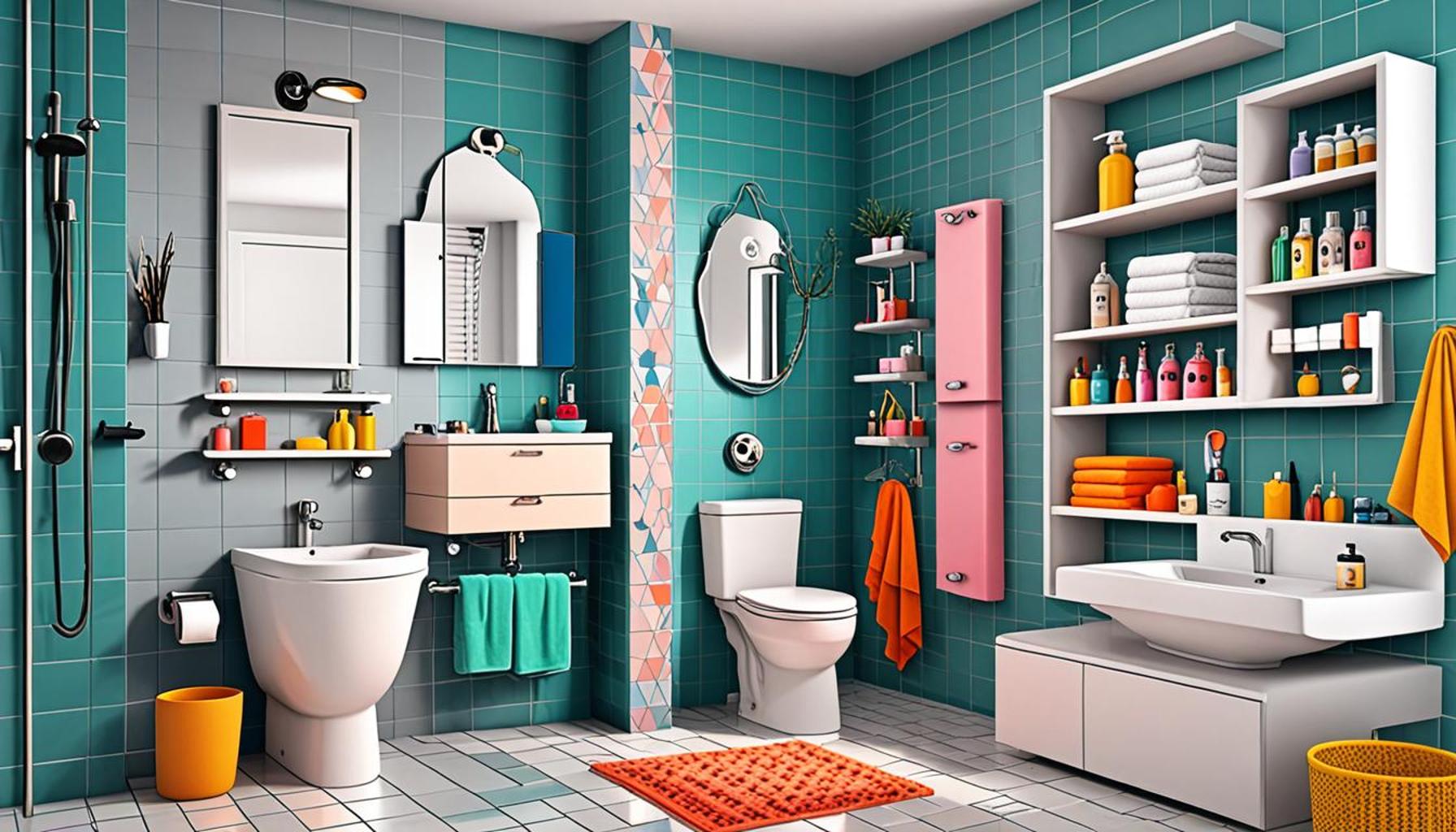Effective Strategies for Optimizing Childrens Rooms Top Tips

Creating Functional and Fun Spaces for Kids
Designing a children’s room can be an exciting yet challenging task. With ever-evolving trends and our little ones’ growing needs, it’s essential to have effective strategies in place. Crafting a space that is both functional and inviting offers not just aesthetic appeal but also enhances a child’s overall development.
Safety First: One of the foremost considerations when designing a child’s space is safety. Parents should choose furniture that is sturdy enough to withstand roughhousing and made from materials that are non-toxic. For example, opting for painted wooden furniture labeled as formaldehyde-free can ensure that harmful chemicals are kept at bay. Additionally, securing tall bookshelves to walls can prevent tipping, a critical step that helps keep children safe as they explore their surroundings.
Maximize Space: As children’s possessions tend to multiply over time, maximizing space is crucial. Incorporating multi-functional furniture can serve dual purposes effectively, such as a storage bed that can hold toys under the mattress or desks equipped with drawers for art supplies. A foldable table can provide an activity space that disappears when not in use. Innovative storage solutions like hanging organizers on doors or wall-mounted shelves can further declutter the room while keeping necessities within reach.
Personalized Touch: Kids’ rooms should reflect their personalities, serving as a canvas for self-expression. Choosing colors that resonate with your child’s interests—be it soft pastels for a calming effect or vibrant and bold hues for energy—can create a joyful atmosphere. Letting kids pick out their decor, such as wall art featuring their favorite animals or superheroes, can give them a sense of ownership and pride in their space. For instance, removable wall decals can transform a plain wall into a vibrant jungle or a starry night sky, sparking imagination and creativity.
In the United States, many families are increasingly recognizing the significance of creating spaces tailored to their children’s needs. This awareness has led to innovative ideas ranging from theme-based decorations—like an undersea adventure or a space odyssey—to functional room layouts that inspire both learning and play. Parents are exploring concepts such as study nooks designed for focus, incorporating both lighting and reasonably silenced areas to help with concentration on schoolwork.

Effective strategies for optimizing children’s rooms can transform an ordinary space into a dream haven for toddlers and teens alike. In this article, we will explore top tips that can help you make the most of every inch while crafting a unique, wonderful experience for your child. With thoughtful planning and creativity, a child’s room can serve not only as a sanctuary for rest but also as an empowering environment that nurtures dreams and ambitions.
SEE ALSO: Click here to read another article
Designing Versatile Spaces for Growth and Play
When it comes to optimizing children’s rooms, versatility is key. As kids grow, their needs change, which means a room that may have been perfect for a toddler could soon become inadequate for a school-aged child. To effectively adapt and meet these evolving needs, consider the following strategies that prioritize functionality, organization, and engagement.
Create Zones for Different Activities
One potent method for optimizing a child’s room is to create distinct zones tailored for various activities. A well-thought-out layout can seamlessly integrate sleeping, studying, and play areas. Here are some tips to help design these zones:
- Resting Zone: A cozy bed with comfortable bedding provides a restful environment. Consider beds with built-in storage to minimize clutter.
- Study Area: A designated corner with a desk and suitable lighting reinforces a sense of focus. Include shelves for books and study materials to keep the area organized.
- Play Zone: Allocate space for toys and creativity—think colorful rugs or bean bags for a playful atmosphere. Consider a chalkboard or a craft table to spark individual interests.
Creating these zones not only enhances the practicality of the room but also helps children understand the distinction between various activities, aiding in time management and focus as they grow older.
Embrace Storage Solutions
Children’s rooms can quickly turn chaotic without effective storage solutions. Teaching kids the importance of organization starts at an early age. By implementing creative storage options, parents can encourage a neat and orderly environment. Here are a few efficient storage ideas:
- Under-Bed Storage: Utilize bins or drawers under the bed to store off-season clothes, shoes, or toys, freeing up precious floor space.
- Vertical Storage: Make use of vertical space by installing wall-mounted shelves or using tall bookcases. This not only maximizes floor space but also encourages children to engage with their belongings at eye level.
- Color-Coded Bins: Introduce labeled or color-coded bins for toys and art supplies. This promotes responsibility and makes cleanup a game for younger children.
By embracing these storage solutions, parents can create an atmosphere where children learn to sort their belongings effectively while developing organization skills that will benefit them throughout their lives.
Beyond simple aesthetics, a child’s room is a sanctuary that should inspire creativity and support growth. By considering zones for various activities and leveraging innovative storage solutions, parents can create spaces that evolve alongside their children, fostering an enriching environment conducive to both learning and play.
| Advantages | Description |
|---|---|
| Space Efficiency | Maximizing floor space for play areas allows children to engage actively while encouraging creativity. |
| Personalization | Involving children in decor choices fosters ownership and pride in their personal space, enhancing their emotional well-being. |
| Multifunctional Furniture | Investing in furniture that serves multiple purposes, like storage beds or desks, promotes organization while saving space. |
Effective strategies for optimizing children’s rooms can lead to a more functional and inspiring environment. Space efficiency, for instance, encourages active play and creativity, vital for a child’s development. Personalizing their space allows children to express themselves, leading to a greater attachment to their room. Moreover, utilizing multifunctional furniture not only saves space but also teaches kids the importance of organization from a young age. These strategies can transform a child’s room into a delightful, stimulating space perfect for both relaxation and imagination.
CHECK OUT: Click here to explore more
Personalizing with Educational and Inspirational Decor
While functionality and organization are essential, the visual impact of a child’s room can greatly influence their growth and creativity. Personalizing the space with educational and inspirational decor fosters a positive environment that nurtures imagination and learning. Here are some innovative ideas to consider:
Incorporate Wall Art and Murals
Transform blank walls into canvases that reflect your child’s interests and aspirations. Wall art, including decals, posters, or custom-made murals, can inspire creativity and provide an educational backdrop for young learners. For example, a mural of the solar system can spark an interest in science, while a colorful alphabet chart can make reading fun and engaging.
Utilize Multi-Functional Furniture
As children’s rooms often serve multiple purposes, investing in multi-functional furniture can optimize space while enhancing the room’s usability. Consider the following:
- Convertible Desks: Desks that can transition from a sitting to a standing position promote healthy habits while studying and growing.
- Murphy Beds: These space-saving beds fold up against the wall when not in use, freeing up the floor for playtime or other activities.
- Ottomans with Storage: These not only provide comfortable seating but also store additional toys or blankets, keeping the room tidy.
Multi-functional furniture not only maximizes space but also encourages children to engage in various activities comfortably.
Encourage Personalization through Choice
Giving children a sense of ownership over their space is crucial in creating a nurturing environment. Allowing them to choose elements of the decor can foster creativity and sense of belonging. Here are some ways to let children express themselves:
- Color Palettes: Provide options for paint colors or bedding sets that resonate with their preferences, reinforcing their individuality.
- Display Boards: Install pinboards or magnetic boards where children can display their artwork, encouraging them to showcase their talent.
- Customizable Shelving: Shelves with adjustable heights can adapt to your child’s changing preferences, allowing them to rearrange books and toys as they see fit.
By incorporating personalization, children feel invested in their surroundings, further enhancing their sense of ownership and responsibility.
Brighten Up with Natural Light
Natural light plays a crucial role in a child’s mood and overall well-being. Ensure that the room is well-lit through windows, and make use of light-enhancing decor:
- Light Fabrics: Opt for light-colored curtains or blinds that can be easily opened to let in sunshine.
- Mirrors: Strategically placing mirrors can help reflect natural light throughout the room, making it feel more spacious and vibrant.
- Ample Lighting Fixtures: Incorporate a mix of overhead lights and task lighting that creates a warm atmosphere, particularly for studying or reading.
Enhancing the natural light in a child’s room not only promotes a cheerful atmosphere but also encourages a lively and stimulating environment conducive to learning.
By focusing on personalization, utilizing multi-functional furniture, and enhancing natural light, children’s rooms can become versatile spaces that support their growth and creativity, while reflecting their unique personalities and interests.
CHECK OUT: Click here to explore more
Conclusion
Creating an effective and nurturing environment in a child’s room goes beyond mere aesthetics; it lays the foundation for their development, creativity, and well-being. By implementing effective strategies such as incorporating personalized decor, utilizing multi-functional furniture, and maximizing natural light, parents can significantly enhance how their children engage with their space.
As discussed, personal touches—like displaying favorite artwork and allowing children to choose color palettes—instill a sense of ownership that promotes responsibility. Additionally, selecting furniture that adapts to their growing needs not only optimizes space but also encourages varied activities, from studying to playing. Lastly, ensuring the room is filled with natural light fosters positive moods, making it conducive to both productivity and relaxation.
These strategies are not just practical tips; they are vital components in designing a child-friendly sanctuary. By blending functionality with elements that inspire and educate, parents can cultivate an environment where children feel valued, motivated, and free to explore their interests. As you embark on this journey of transforming your child’s room, remember that each decision is an opportunity to encourage their development and creativity. For more insights and techniques, consider further exploring resources, as the possibilities for optimizing children’s rooms are both endless and exciting.


